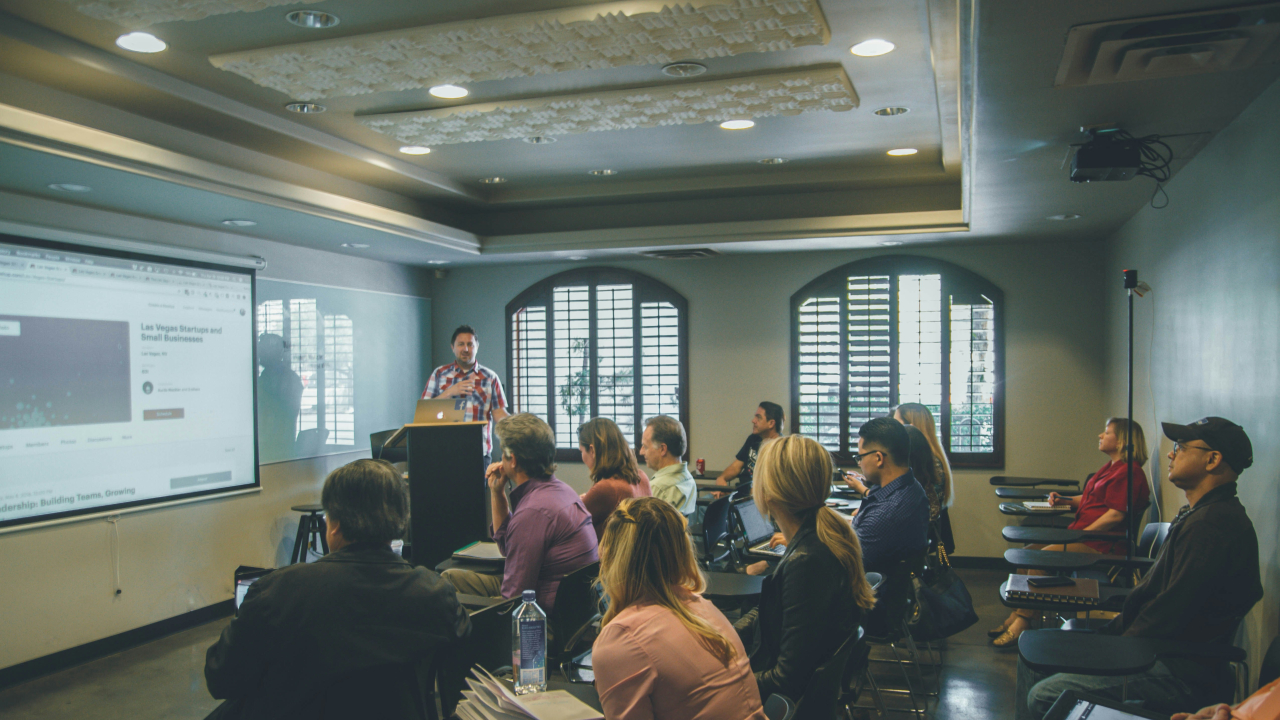Rewiring Team Dynamics: What Leadership Really Means in 2025
I recently worked with a senior team in a premium school that had slipped into unhelpful habits. Their meetings were efficient but shallow, and their interactions avoided conflict, although the frustration bubbling beneath the surface was palpable – and spilled out readily in conversations between each other, and with me. Their different behavioural styles clashed, especially between high-drive leaders and their more systematic peers, to the extent that it felt personal, as if some of the leaders were deliberately needling others. The result, unsurprisingly, was that strategic decisions were

Through a mix of psychometric profiling, honest conversations, and redesigned meeting formats, I challenged the team to face up to their biases and behaviours, and helped them rewire their understanding of themselves, as well as of their colleagues. They began naming tensions instead of avoiding them; they created space for multiple perspectives, and they reconnected with their shared purpose. Six months on, the shift was palpable: clearer decisions, deeper collaboration, and a confidence that leadership was now a shared space, not a competitive race. It wasn’t perfect, but it was undoubtedly better. This is what rewired leadership looks like – subtly but significantly elevated.
Leadership is often misunderstood. For decades, we have clung (and still cling, in many respects) to the image of the charismatic figure at the helm - the visionary, the fixer, the decision-maker. In 2025, however, this model is completely out of step with the reality of how most great organisations - especially schools, which depend heavily on several moving parts - actually function. The shift towards collaborative leadership has actually happened; now leaders have to embrace it.
This is harder than it sounds. At the heart of this shift is a growing recognition: leadership is less about what a leader does and more about what their presence enables in others. In a world of complexity, rapid change and deep cultural expectations, the best leaders are those who can influence systems of people - discreetly, thoughtfully, and with intention. These are sophisticated skills; a great leader needs to learn how to shape the interactions between team members, cultivating trust, aligning values, and creating the conditions in which people can do their best thinking. Leaders need to learn when to speak and when to step back; they must practise noticing what is not being said in a meeting, and designing communication structures where different voices are heard.
In other words, leadership has become less about individual performance and more about relational intelligence - the ability to read, respond to, and rewire group behaviour. Every team has its own wiring—its patterns of communication, feedback, conflict, decision-making. Some of these serve the group; others hold it back. And often, these dynamics are invisible to those within them. Leaders who understand this can learn to intentionally shape team culture - what we might call ‘rewiring team dynamics’. This involves:
- Being aware of self – self-awareness underpins all successful leadership
- Surfacing hidden dynamics - naming the undercurrents that shape interactions
- Balancing behavioural styles - using psychometric tools to understand differences
- Establishing shared language - around values, purpose and accountability
- Redesigning meetings - so that time together is generative, not performative
- Modelling reflection - so others feel safe to slow down and think
In my work with leaders and teams, I have seen how powerful it is when leaders shift their focus from self to system. In an intensive 1-2 days, working through a bespoke guided process, a team which uses behavioural insights from the Thomas International PPA (DISC) makes enormous strides forward in understand their own individual behaviours, and how they interact with others. Reflective tools and processes like this help leaders slow down and observe the patterns they are creating – and do something about it. This is not a ‘nice-to-have’ in leadership now; it is central to success.
Rewiring is not about control; it is about liberating potential. It is the subtle, skilled work of enabling a team to think more clearly, trust more deeply, and align more powerfully with its purpose. Leading a team in 2025 is not a solo performance: it is a choreography - a dynamic, responsive movement between individuals, values, behaviours, and context. And like any skilled choreographer, a great leader needs to work hard to learn to see patterns that others cannot, knowing when to intervene, and how to do so.
Dr Helen Wright is the Director of Global Thought Leadership, challenging and supporting leaders, leadership teams and Boards to function more effectively. She can be connected via LinkedIn - https://www.linkedin.com/in/drhelenwright/
Stay up to date
Subscribe to the free GESS Education newsletter and stay updated with the latest insights, trends, and event news every week. Your email address will remain confidential

